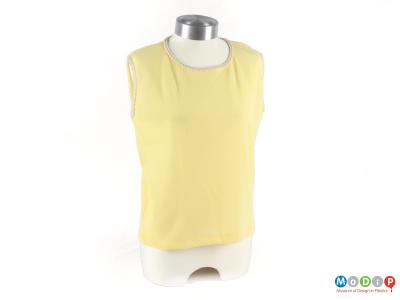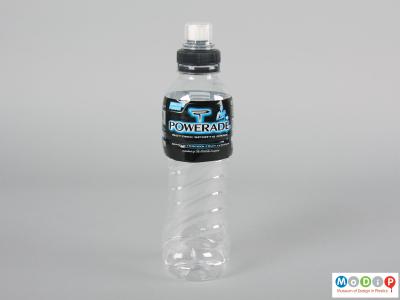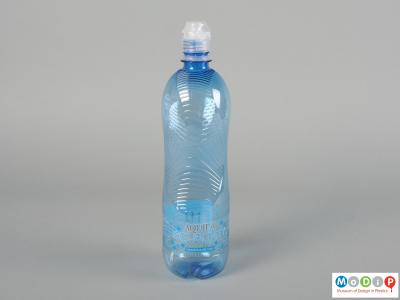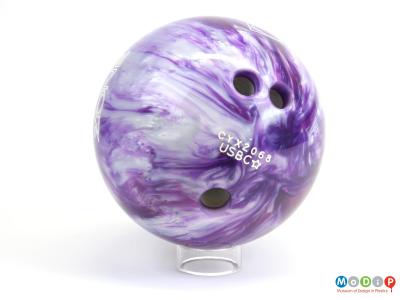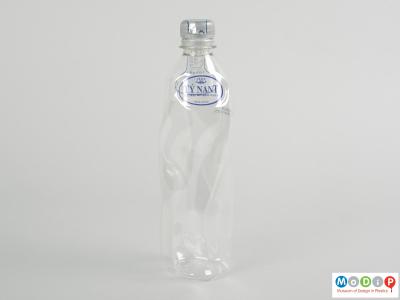Description
Polyester is a group of polymers which take many forms. Depending on the chemical structure they can be thermoplastic or thermoset, but most commonly thermoplastic. It is widely found in fibre form and as polyethylene terephthalate (PET), a semi-rigid material.
History
It was discovered by British chemists John Rex Whinfield and James Tennant Dickson and patented in 1941. The first polyester fibre was called Terylene, manufactured by ICI. In the 1950s, another polyester fibre, Crimplene, was introduced. It enjoyed popularity due to its easy care wash-and-wear properties until the 1970s when it was replaced by lighter weight polyesters. A more rigid form of this material, PET, was widely used in its blow moulded form from the 1980s.
Common uses
As PET it is used for carbonated drinks bottles, video and audio tape. As an extruded fibre, polyester appears under many trade names including Dacron, Terylene, Crimplene, and Trevira. It is used in apparel, furnishings and insulation. Polyester is often blended with other fabrics to improve properties such as crease resistance and abrasion and pilling resistance. It is also resistant to stretching and shrinking and is not damaged by sunlight. Cured polyester and thermosetting polyester resins can be cast then sanded and polished to produce a product with a high gloss, hard wearing finish.
Recyclability
PET is commonly recycled to produce fibre for garments and insulation. It is also possible to re-melt and re-spin polyester fibre into more fibre or film for new applications.

